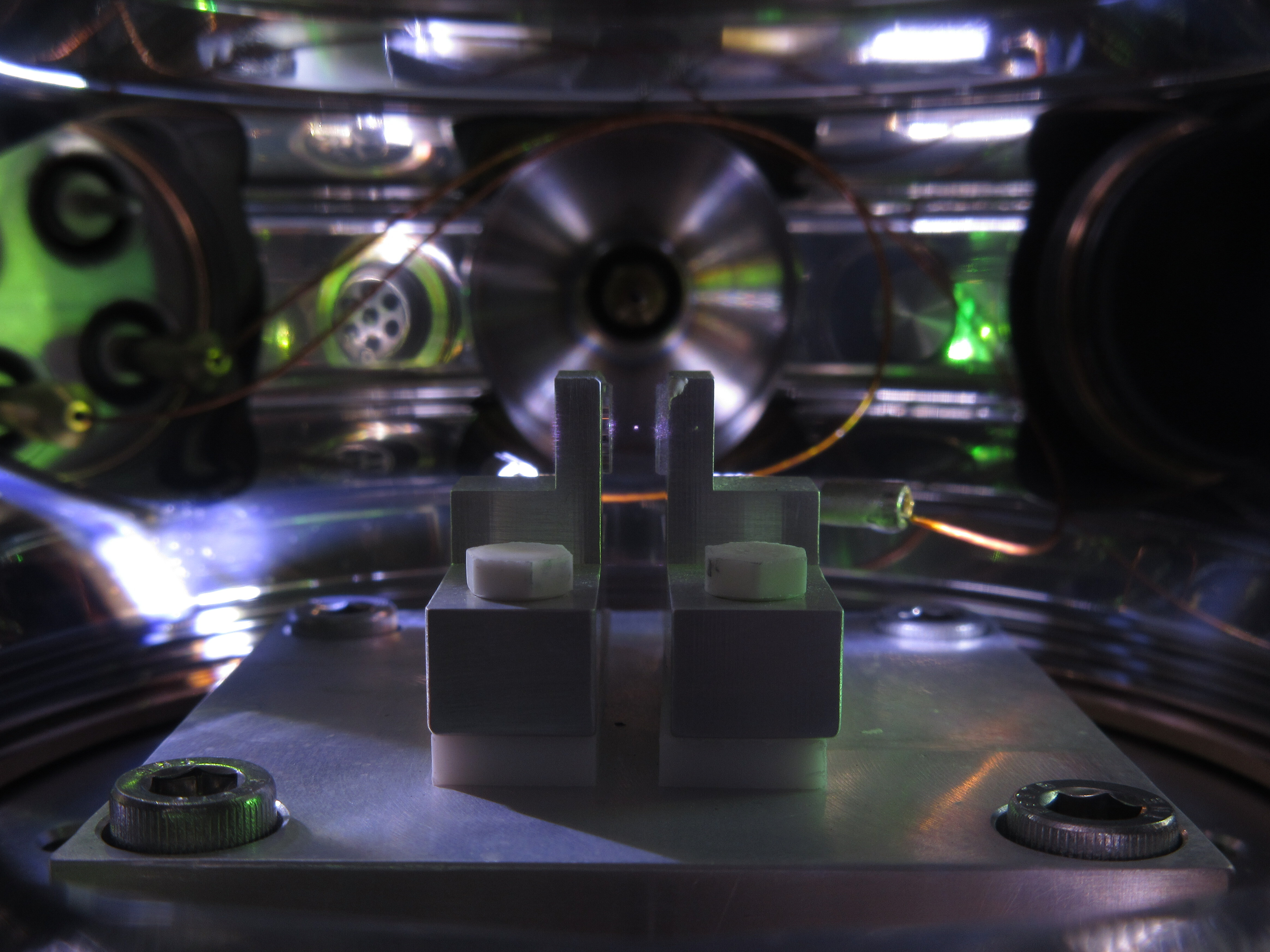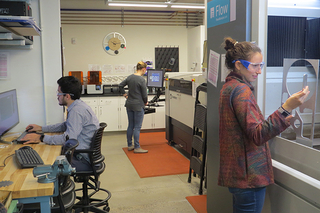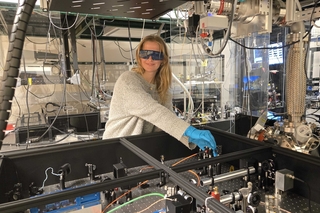Quantum Science & Sensing Faculty
-
-
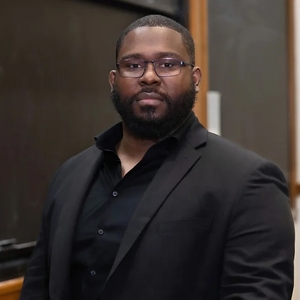
-
Applied Physics, Physics
Jack Harris
Professor of Physics and Applied Physics+1 (203) 432-3826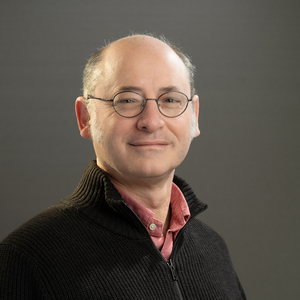
-
Physics
Karsten Heeger
Eugene Higgins Professor of Physics; Director of Wright Laboratory+1 (203) 432-3378 -

-

-

-
Physics
David Moore
Associate Professor of Physics, Director of Graduate Admissions+1 (203) 432-7986
-
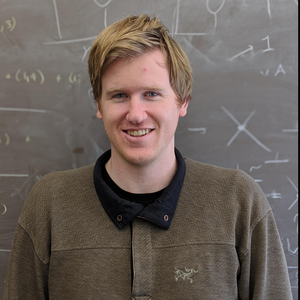
-
ALPHA, HAYSTAC, RAY
Science Goal: Search for axion dark matter using quantum and microwave technologies.
WL Involvement: Yale is responsible for systems engineering, cryogenics, and magnetics. Lamoreaux and Maruyama are PIs of HAYSTAC, Maruyama is spokesperson of ALPHA and PI of RAY.
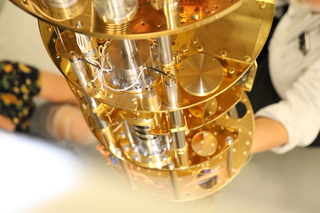
Baker Group
Science goal: Study quantum information science in high energy physics, quantum entanglement, Bell’s inequality, and entanglement entropy.
WL involvement: The group demonstrates applications of machine learning, quantum computing, and quantum algorithms in physics analyses at high energies to better understand certain anomalies in data from high energy particle physics experiments.
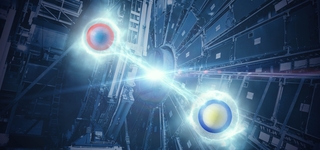
Harris Lab
Science goal: Explore the influence of quantum mechanics and topological effects upon the motion of macroscopic objects.
WL involvement: The group studies these phenomena in experiments that combine high-finesse optical cavities, ultrasensitive mechanical oscillators, and superfluid helium.
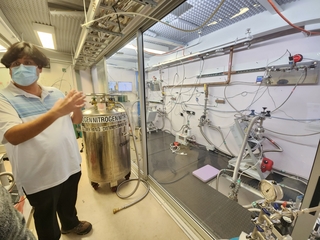
MAST-QG
Science goal: Test whether gravity has a quantum nature by levitating tiny diamonds in a vacuum to see if they become entangled.
WL involvement: Yale is using their expertise in precisely trapping nanoparticles in a vacuum to study the electromagnetic interactions between nanodiamonds.
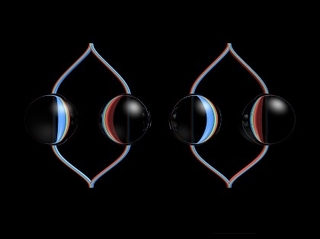
Quantum sensors for millimeter wave cosmology
Science Goal: Simons Observatory and CMB-S4 both use sensors that sit on the transition between the superconducting and normal-metal states (‘transition edge sensors’) to sensitively detect photons from the Cosmic Microwave Background. They are read out with superconducting quantum interference devices (SQUIDs), using new wide-bandwidth readout crates to many more sensors in a single connection than was possible before.
WL involvement: The Newburgh group is focused on software development for these experiments.

SIMPLE/QuIPS
Science goal: Study interactions involving neutrinos; to test gravity; & to search for dark matter, quantum phenomenon, sterile neutrinos, and new forces.
WL involvement: The Moore group has developed the world’s most sensitive micron-sized force sensors. Both the SIMPLE and QuIPS experiments are located at Wright Lab.
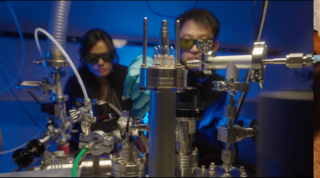
Collider Experiments and Jet Substructure
Ian Moult has been developing new techniques in quantum field theory to improve our understanding of real world collider experiments, with applications in particle and nuclear physics. He has played a leading role in the development of jet substructure, which takes advantage of subtle patterns in the structure of energy flow in collisions at the LHC to maximize the discovery potential for new physics and better understand the theory of the strong interaction.
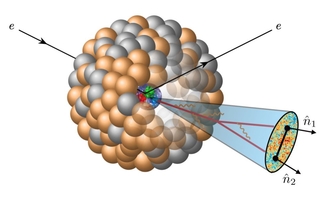
Quantum Science & Sensing News
-
Advancing the frontiers of physics at Wright Lab through advanced prototyping
The APC at Wright Lab has provided an advanced fabrication facility and design support for custom instrumentation within the Yale community since 2018
-
Lowe awarded Marshall Plan Fellowship
Wright Lab grad student Cecily Lowe was awarded the Marshall Plan Fellowship, which supports knowledge exchange between Austria and the United States.
-
Wright Lab research represented at CPAD 2025 conference
Three members of Wright Lab presented their research at the CPAD 2025 conference at the University of Pennsylvania from October 7-10, 2025.
Quantum Sensing for Fundamental Physics at Wright Lab 2025
Researchers from across campus came to hear about the quantum sensing work of researchers at Wright Lab and discuss sensing at quantum scales.
